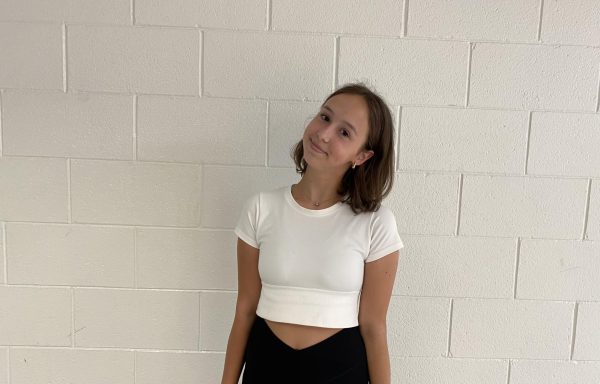Each week’s never-ending motions that I go through include hours and hours of figure skating. As immersed as I am in the sport, my endless commitment tends to leave me burnt out and dreading going to the rink. However, once a year, a brief respite from this mindset is offered: the U.S. Figure Skating Championships.
Each year, the national championship is held in late January. Skaters across the country look forward to nationals, tuning in to watch the twists and turns—figuratively and literally. While I enjoy watching each event, I tend to focus particularly on the senior women rather than the lower-level events like junior and novice. Pairs and Ice Dance are captivating events that have their own appeal, but as someone who skates individual events, I prefer watching the higher-level versions of what I skate because I already know the rules and structure.
For all categories—women, men, Pairs, and Ice Dance—the competition is split into two parts: the short program and the long program, also known as the free skate. The skaters’ scores from the two events combine into one total score, which ultimately determines how they place.
The short program is known for being the more technical of the two events. It has specific regulations and requirements that must be completed in a shorter time period than the free skate. Often, skaters gravitate toward more fun, upbeat short programs to contrast their emotional, passionate free skates, but this is not always the case.
The longer of the two, the free skate, has more—as you may have guessed—freedom within what elements the skaters can complete. The free skate comes second and is a key element in the scoring as a bad free skate can take a skater, once in first, off the podium entirely.
However, Levito had a turbulent free skate and finished the competition in third, leaving Glenn to take home the gold—Soho Lee, the junior-level champion from last year, ended in second place.
Isabeau Levito, who is one of my favorite skaters at the moment, was in first place after the short program event; many believe that she should have been in second because Amber Glenn, arguably, skated better than Levito. I was rooting for Levito because winning this year would have made her a back-to-back champion after her win last year. However, Levito had a turbulent free skate and finished the competition in third, leaving Glenn to take home the gold—Soho Lee, the junior-level champion from last year, ended in second place.
I enjoy Levito’s programs because they represent some of the things I love most about this sport. Her programs, both this year and last year, are rather traditional; they have no words in the music and instead are classical pieces. This is what I have always been inclined to skate to, so I naturally prefer watching more advanced performers skate these as well.
As she offers up classic and elegant routines, Levito is the definition of grace. She’s a jumping machine, and she has the elegance of a swan, so her programs always score well. However, in this year’s free skate, she fell on three jumps. There’s a one-point deduction for each fall, and they add up quickly, costing Levito a first-place finish. Skaters’ final scores are determined by both their component score, which is dictated by a skate’s composition, presentation, and skating skills, and their element score, which is the value of all of their jumps, spins, and sequences put together. Levito’s skating is characterized by her unbelievably long extensions and ballet-like movements, entrancing all who watch; even so, she lacks in the facet of stage presence.
Amber Glenn, on the other hand, has no problems with showing her charisma on the ice. Additionally, she has been proven to deliver graceful programs when her music requires it. I would qualify her one imperfection to be her lack of consistency. During her free skate, she did not fall; instead, she “popped” two of her jumps, meaning she came out of them mid-air and did not complete the amount of rotations that she planned to. Glenn has been working toward this moment for years, and it has finally arrived, just not in the manner that many had hoped for. She skated before Levito, and I fully believed, at that moment, that her performance had guaranteed Levito the gold.
While I understand that mistakes are part of sports, it was disappointing to see so many frustrating errors from the best female skaters in the nation. Avid watchers across the nation, like myself, can only hope for more composed performances next year.






















































































